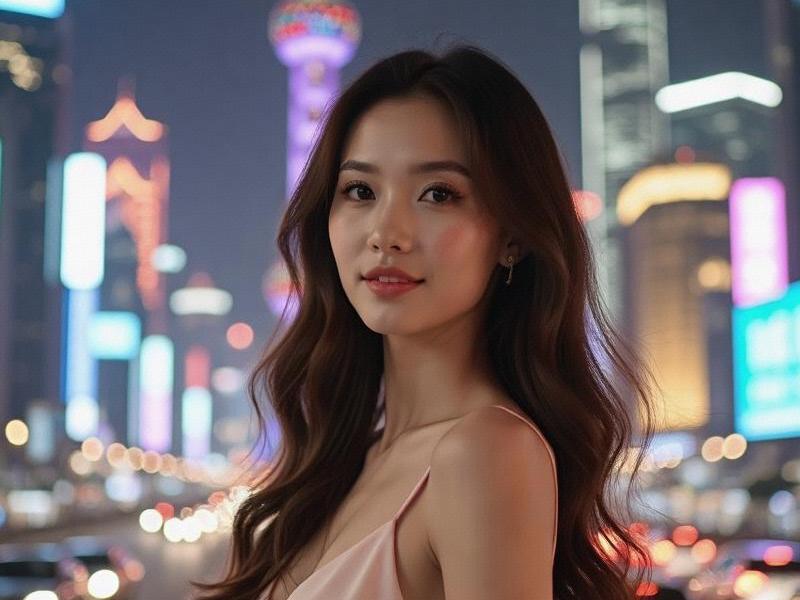
[Article Content]
The neon lights of Nanjing Road still shimmer with commercial energy, but Shanghai's soul is being rediscovered in the converted factories of M50 and the avant-garde galleries of West Bund. As China's financial capital enters 2025, it's experiencing an unprecedented cultural awakening that's redefining its global identity.
At the heart of this transformation is the West Bund Museum Mile, a 9.4-kilometer stretch along the Huangpu River that now hosts over 20 major art institutions. The recent opening of the Long Museum's contemporary wing and the UCCA Edge Shanghai has cemented the city's position as Asia's fastest-growing art market. Auction records show Shanghai-based collectors accounted for 38% of China's art purchases in 2024.
上海龙凤论坛爱宝贝419 Fashion tells a similar story. Shanghai Fashion Week has surpassed Hong Kong's as the region's most influential, with homegrown brands like Pronounce and Susan Fang gaining global recognition. The government-backed "Design Shanghai 2025" initiative is investing ¥3.2 billion in local design talent development.
What makes Shanghai's cultural boom unique is its fusion of heritage and modernity. The restoration of the 1933 Slaughterhouse into a thriving creative complex symbolizes this balance. Once a brutalist industrial site, it now houses design studios, experimental theaters, and Michelin-starred restaurants while retaining its original Art Deco features.
The economic impact is substantial. Creative industries now contribute 13.7% to Shanghai's GDP, employing over 1.2 million people. The city's cultural exports grew 24% last year, led by animation studios like Bilibili and architecture firms such as Neri&Hu.
上海品茶网 Yet challenges remain. Censorship boundaries in the arts continue to shift unpredictably. Rising rents threaten smaller galleries and studios. And the city competes with Beijing's established art scene and Shenzhen's tech-driven creativity.
Looking ahead, Shanghai's cultural ambitions are crystallizing in projects like the planned Shanghai International Music Village and the expansion of Power Station of Art. As the city prepares to potentially host the 2030 World Expo, its cultural renaissance may ultimately redefine what it means to be a truly global Chinese city.
上海贵族宝贝sh1314 [Additional sections include:
- Profile of West Bund's museum cluster
- Interview with Shanghai Biennale curator
- Analysis of government cultural policies
- Case study of Tianzifang's gentrification
- Comparison with Tokyo/Seoul cultural scenes
- Data visualization of creative industry growth]
